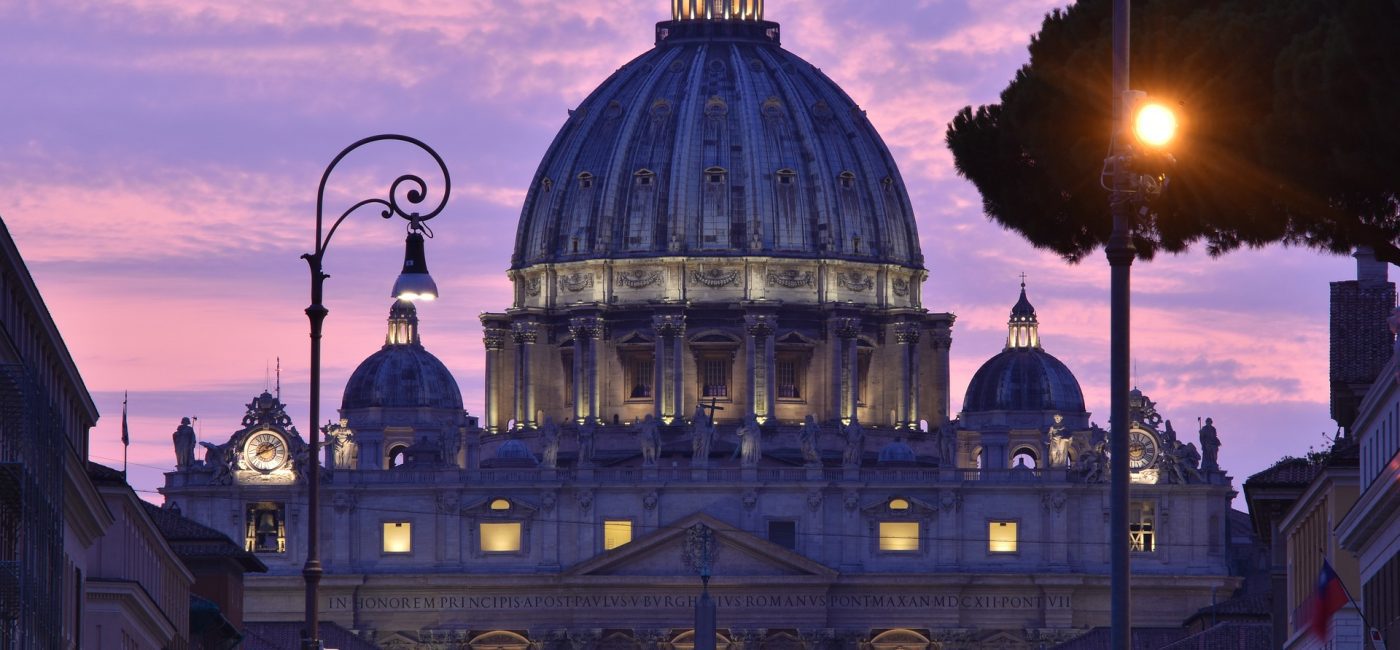Welcome to “A History of the Vatican,” a captivating journey through time that unravels the extraordinary tale of the world’s smallest independent state and the epicenter of the Roman Catholic Church. As you delve into the annals of history, the Vatican’s remarkable legacy will unfold before your eyes, immersing you in the captivating narrative of faith, power, and art that has shaped this iconic destination.
The origins of the Vatican can be traced back to the 1st century AD when Saint Peter, one of the twelve apostles of Jesus Christ, was martyred in Rome. It is believed that he was buried on Vatican Hill, which became a sacred site for early Christians. Over the centuries, this humble burial ground transformed into a spiritual sanctuary, symbolising the very foundation of the Catholic faith.
Fast forward to the 4th century, when Emperor Constantine embraced Christianity, paving the way for the construction of the Old St. Peter’s Basilica on the same site where Saint Peter was buried. This grand basilica became a beacon of religious devotion and architectural brilliance, drawing pilgrims from all corners of the world.
In the 15th century, the Vatican underwent a profound transformation under the patronage of Pope Nicholas V. It was during this era that the Renaissance era began to flourish, and the Vatican played a pivotal role in shaping this artistic and intellectual revolution. Remarkable artists like Michelangelo, Raphael, and Bernini were commissioned to create awe-inspiring masterpieces that adorned the Vatican’s halls, including the magnificent frescoes of the Sistine Chapel and the breath-taking sculptures of St. Peter’s Basilica.
The Vatican City State, as we know it today, came into existence in 1929 when the Lateran Treaty was signed between the Holy See and the Italian government. This agreement established the Vatican City as an independent state, ensuring the sovereignty of the Pope and his spiritual authority.
Beyond its religious significance, the Vatican has been a witness to pivotal moments in history. It has weathered the storms of political intrigue, witnessed the rise and fall of empires, and played a crucial role in diplomacy and peace-building. From hosting historic papal conclaves to providing a platform for interfaith dialogue, the Vatican continues to be a beacon of hope and inspiration, transcending boundaries and fostering unity.
Today, the Vatican stands as a symbol of faith, culture, and human achievement. Millions of visitors flock to this spiritual haven each year to bask in its sacred aura and marvel at the artistic treasures that lie within its walls. From the awe-inspiring St. Peter’s Square to the Vatican Museums’ unparalleled collection of art and artifacts, each step taken in the Vatican is a step into a realm where spirituality and history converge.
As you explore the Vatican’s rich tapestry, you cannot help but be awestruck by the timeless beauty and profound significance of this extraordinary place. It is an invitation to reflect on the enduring power of faith, the resilience of human spirit, and the transformative impact of art and culture.
Whether you are a pilgrim seeking solace, an art aficionado seeking inspiration, or a curious traveler seeking enlightenment, the Vatican offers an experience unlike any other. Step into its hallowed halls, soak in its divine ambience, and allow yourself to be swept away by the grandeur of its history.
Embark on a voyage through time and immerse yourself in the captivating history of the Vatican. Discover the stories that shaped the world, and let the echoes of the past guide you to a deeper understanding of the present. Welcome to “A History of the Vatican,” where the timeless saga of faith, art, and humanity unfolds before your very eyes.
An opportunity to own a villa with historical links to the Vatican
Welcome to Villa “La Contessa”, an enchanting sanctuary nestled in the heart of Rome. This exquisite estate offers a tranquil escape from the bustling city life, combining luxurious family living with breath-taking gardens. Steeped in history and intricately connected to the Vatican, this remarkable property complex lies just moments away from the awe-inspiring St. Peter’s Basilica, spanning an expansive 3 hectares (30,000 sq m) of land.
What truly distinguishes this estate, however, lies hidden behind an iron-cast gate—a precious secret that unveils catacombs deep beneath the grounds. These catacombs hold the remains of two Popes, known as “Two Feliks.” In 274 AD, Pope Felix I was interred there, followed by the addition of the remains of Pope Felix II in 365 AD, infamous for being an antipope. The historical significance of these catacombs has resulted in the keys to the gate being entrusted to the Vatican’s archaeological team – Read more

